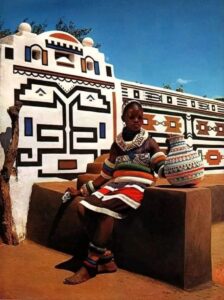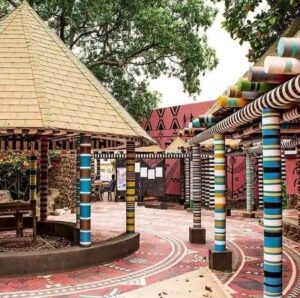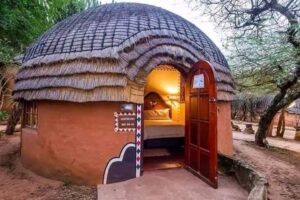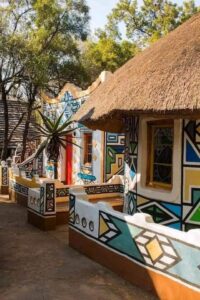The African hut, a traditional dwelling found in various forms across the continent, embodies both cooler and warmer concepts in its design and functionality. Here’s a full description
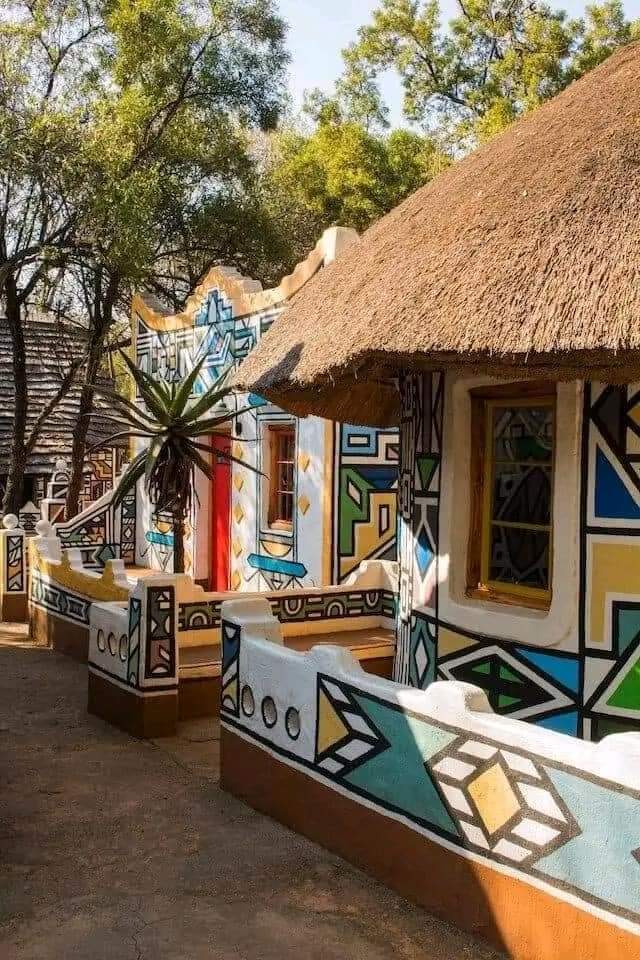
The African hut, a traditional dwelling found in various forms across the continent, embodies both cooler and warmer concepts in its design and functionality. Here’s a full description:
Cooler Concept:
– The hut’s thatched roof, typically made from natural materials like grass or palm fronds, provides excellent insulation against the scorching sun.
– The roof’s curved shape allows for maximum airflow, creating a cooling effect through convection.
– The hut’s walls, often constructed from mud, clay, or wood, are thick and provide additional insulation, keeping the interior cool.
– The small windows and entrance help to minimize direct sunlight and heat entry.
– In some regions, huts are built with a surrounding veranda or patio, creating a shaded area to escape the direct sun.
Warmer Concept:
– During colder nights, the same thick walls and thatched roof retain warmth, keeping the interior cozy.
– The hut’s compact size and enclosed space help to conserve body heat and warmth.
– In some cultures, huts are built with a central fireplace or hearth, providing a warm gathering place for family and community.
– The use of natural materials like mud and clay, which absorb and release heat slowly, helps to maintain a stable interior temperature.
– In colder climates, huts may be built with additional features like insulation made from natural fibers or animal hides to enhance warmth.
*Sustainable and Harmonious Design:*
– The African hut’s design harmonizes with its surroundings, using local materials and blending into the natural environment.
– The hut’s construction and layout often reflect the community’s social and cultural values, promoting a sense of belonging and connection.
– The use of natural materials and passive design elements minimizes the hut’s ecological footprint, making it an exemplary model of sustainable architecture.
In summary, the African hut’s design ingeniously balances cooler and warmer concepts, creating a comfortable and sustainable living space that adapts to various climates and environments.
